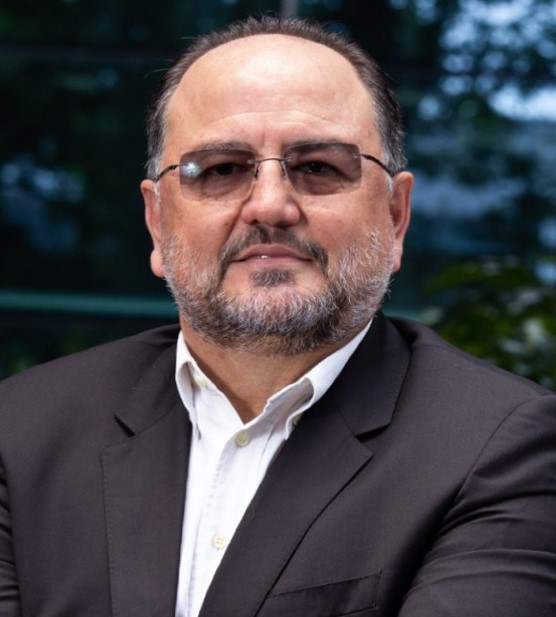Register to continue reading for free
Terry Boyle from Trove: resale as an integrated revenue channel for footwear

As the resale economy continues to gain momentum, brands are increasingly exploring in-house recommerce channels. In this first part of his interview, Terry Boyle, CEO at Trove, shared his view on how footwear businesses can integrate and benefit from resale channels
Focused on advancing the circular economy, Trove enables brands to build and scale their own branded resale and take-back programmes. The company partners with fashion and footwear companies to help them recapture product value, reduce waste and meet evolving consumer expectations. Terry Boyle was appointed as Chief Executive Officer back in August 2024 and has since led the company.
Resale Operations
According to Boyle, “launching a resale operation is comparable to adding a new customer acquisition channel with a unique operational component”. The foundation for any resale operation is based on scale, AI-powered infrastructure and seamless integration into the core brand experience.
While pilot programmes are common starting points, “real environmental and business impact comes from scale”, shares the CEO. Trevo’s active pricing algorithm, for example, “has delivered up to 20% gross merchandise value improvements for its partners”. Additionally, brands must develop operational agility to handle returns processing, condition grading and mixed inventory management effectively in real time.
Boyle also emphasises that resale must not be treated as an isolated platform. The most successful implementations allow customers to shop both new and pre-owned items through a single, unified brand experience. He notes that “mixed merchandising of new and pre-owned items with shared checkout is becoming standard”.
Design
Informed design is another key enabler of circularity. According to the CEO, “one of the biggest opportunities we offer brands is unprecedented visibility into how their products actually perform over time”. As products that retain their structural integrity and aesthetic appeal across multiple ownership cycles are ideal candidates for resale, this is a significant advantage.
However, durability is not the only requirement. Repairability also plays a growing role. Design decisions made upstream, such as modular construction or accessible fasteners, can significantly impact or enhance resale potential. As Boyle puts it, “products designed with repair in mind create more opportunities for value recovery, and our data shows which repair investments make financial sense”.
Footwear Challenges
While footwear presents unique challenges in recommerce, it also holds substantial opportunities. “It represents one of our strongest categories due to the high rate of returns that cannot be resold as new”, the CEO shares. For instance, addressing hygiene and product condition is crucial, and assessing whether cleaning, minor repairs, or component replacement will deliver a return on investment is becoming increasingly important.
“The key insight”, Boyle continues, “is that the perceived challenges of footwear, such as sizing complexity, condition variations and refurbishment needs, can actually become competitive advantages when you have the right technology infrastructure to handle the volume efficiently”.
Future
Emerging technologies are accelerating the transition towards circularity in the footwear industry. According to the CEO, Trove is investing heavily in AI-driven innovations, including dynamic pricing algorithms, automated condition grading and predictive analytics, to improve sell-through rates. These tools not only streamline operations but also enhance profitability, helping brands prioritise the processing of high-value inventory and optimise repair-versus-resale decisions.
Looking ahead, flexibility will be paramount. “The future is about providing brands with maximum flexibility, more resale channels, supply sources, customer touchpoints and ways to pilot and then scale programmes”, Boyle emphasises. The long-term success of recommerce depends not only on reducing environmental impact but also on strengthening brand trust and delivering compelling value.
Image Credits: Art by Sofia Pádua





